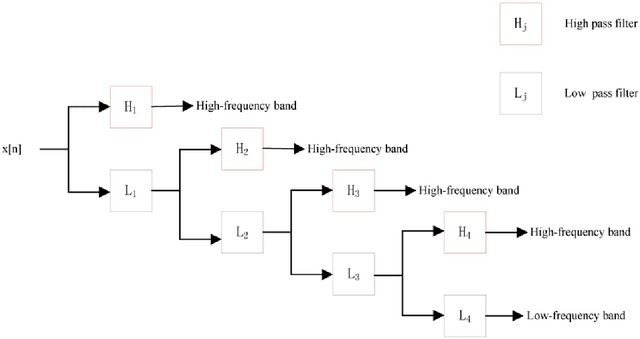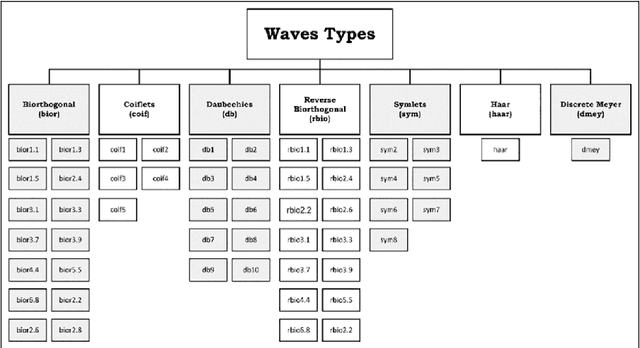Cyrille Feudjio
Boosting the Predictive Accurary of Singer Identification Using Discrete Wavelet Transform For Feature Extraction
Jan 31, 2021



Abstract:Facing the diversity and growth of the musical field nowadays, the search for precise songs becomes more and more complex. The identity of the singer facilitates this search. In this project, we focus on the problem of identifying the singer by using different methods for feature extraction. Particularly, we introduce the Discrete Wavelet Transform (DWT) for this purpose. To the best of our knowledge, DWT has never been used this way before in the context of singer identification. This process consists of three crucial parts. First, the vocal signal is separated from the background music by using the Robust Principal Component Analysis (RPCA). Second, features from the obtained vocal signal are extracted. Here, the goal is to study the performance of the Discrete Wavelet Transform (DWT) in comparison to the Mel Frequency Cepstral Coefficient (MFCC) which is the most used technique in audio signals. Finally, we proceed with the identification of the singer where two methods have experimented: the Support Vector Machine (SVM), and the Gaussian Mixture Model (GMM). We conclude that, for a dataset of 4 singers and 200 songs, the best identification system consists of the DWT (db4) feature extraction introduced in this work combined with a linear support vector machine for identification resulting in a mean accuracy of 83.96%.
A Novel Use of Discrete Wavelet Transform Features in the Prediction of Epileptic Seizures from EEG Data
Jan 31, 2021



Abstract:This paper demonstrates the predictive superiority of discrete wavelet transform (DWT) over previously used methods of feature extraction in the diagnosis of epileptic seizures from EEG data. Classification accuracy, specificity, and sensitivity are used as evaluation metrics. We specifically show the immense potential of 2 combinations (DWT-db4 combined with SVM and DWT-db2 combined with RF) as compared to others when it comes to diagnosing epileptic seizures either in the balanced or the imbalanced dataset. The results also highlight that MFCC performs less than all the DWT used in this study and that, The mean-differences are statistically significant respectively in the imbalanced and balanced dataset. Finally, either in the balanced or the imbalanced dataset, the feature extraction techniques, the models, and the interaction between them have a statistically significant effect on the classification accuracy.
 Add to Chrome
Add to Chrome Add to Firefox
Add to Firefox Add to Edge
Add to Edge